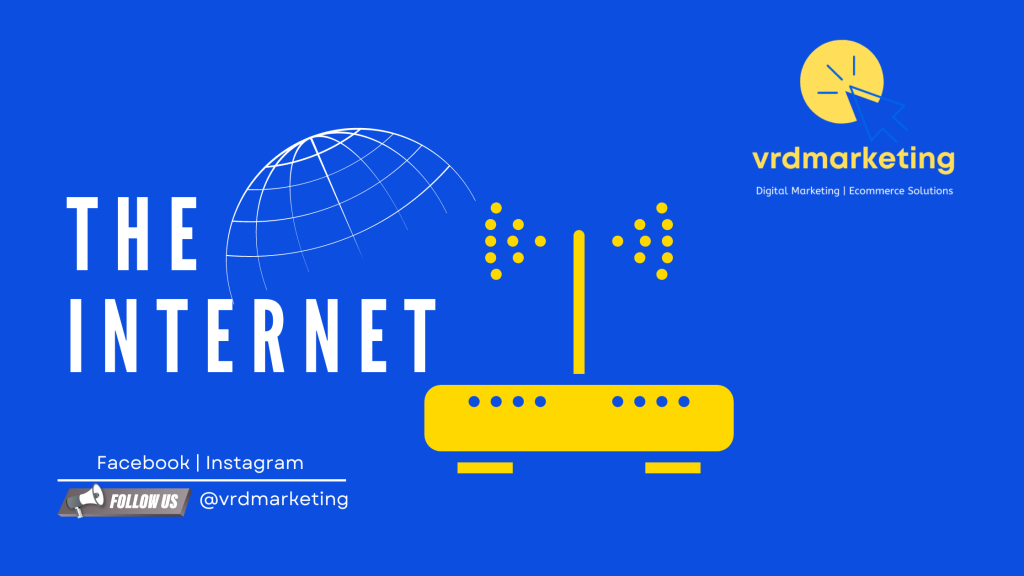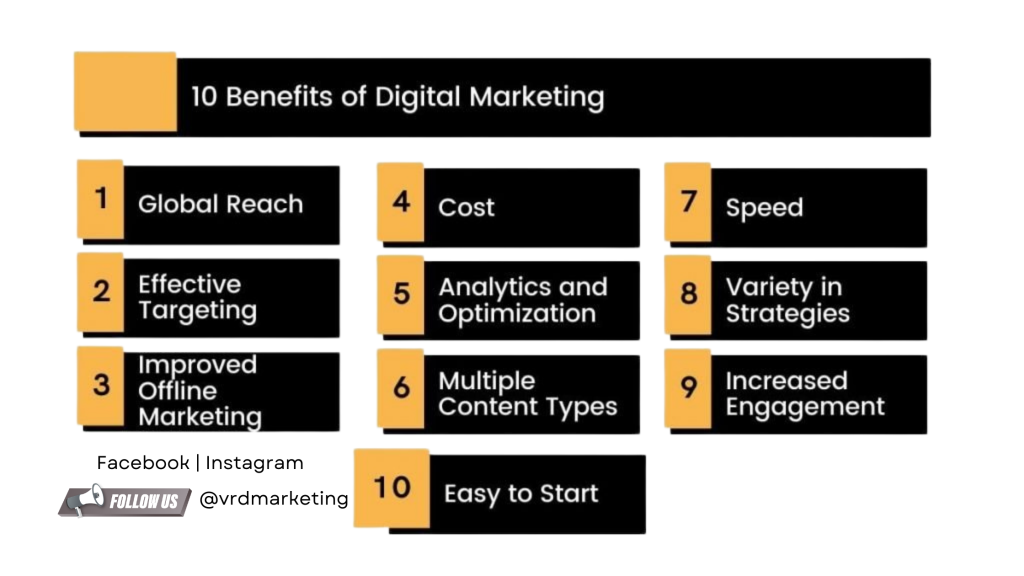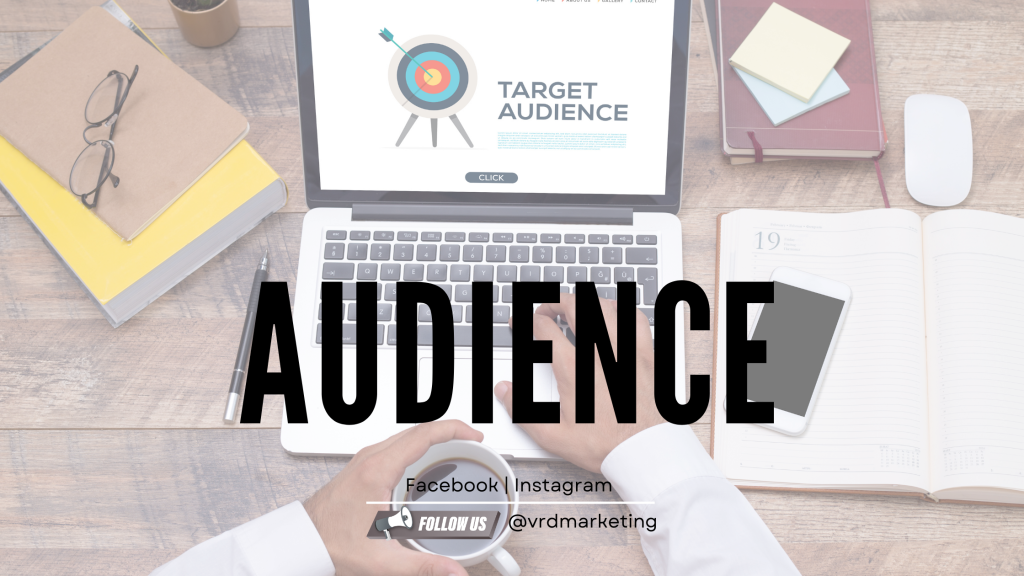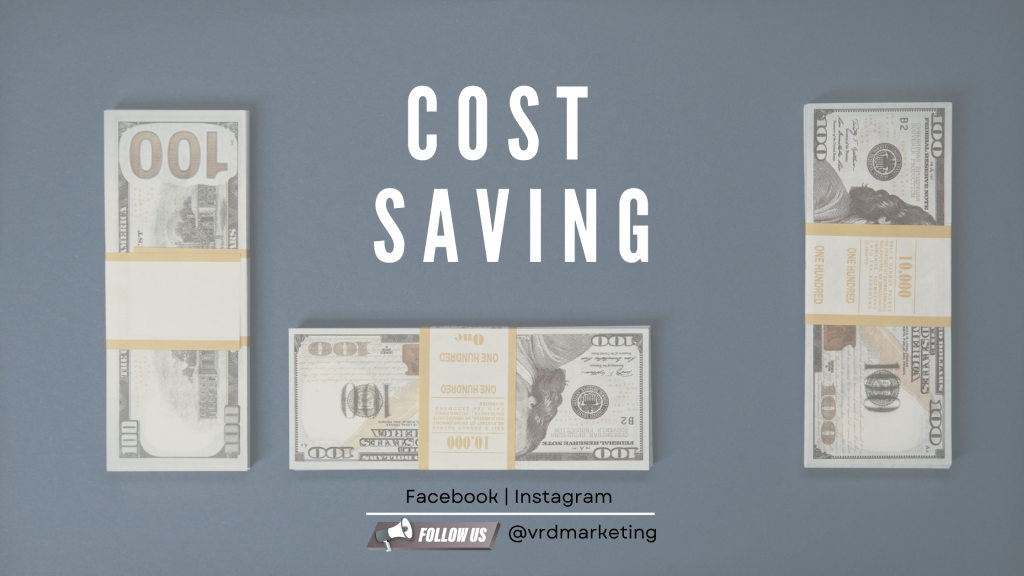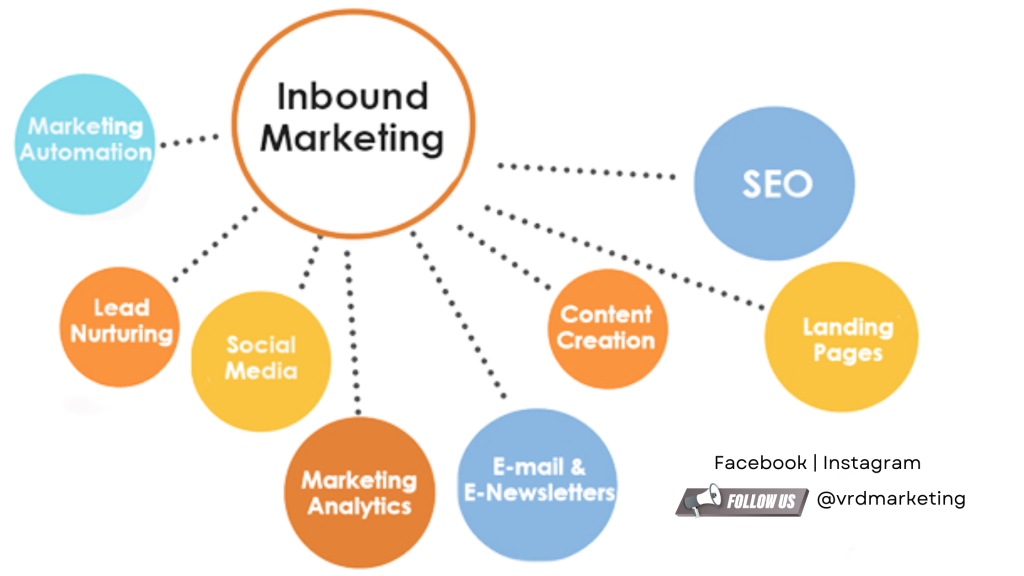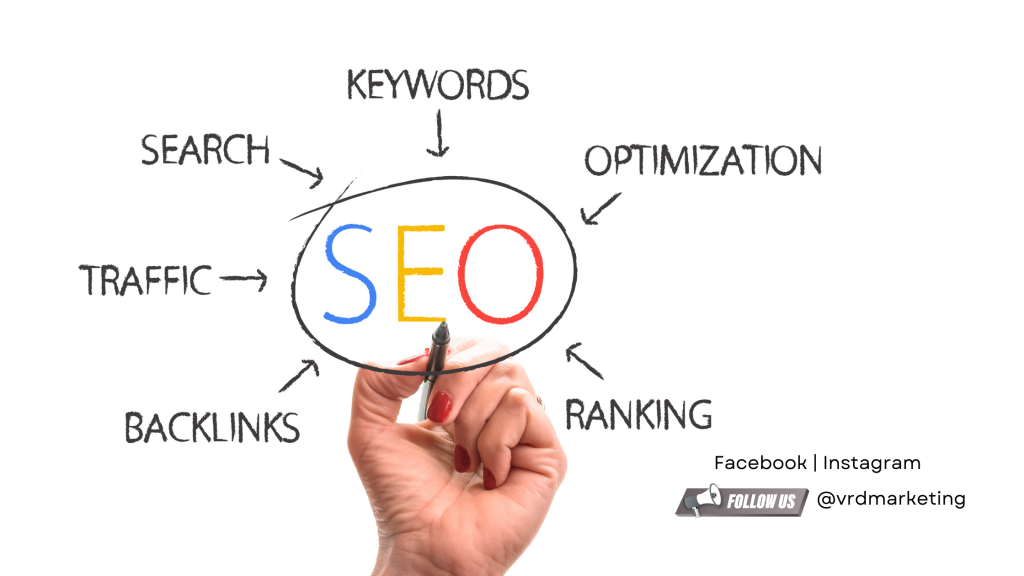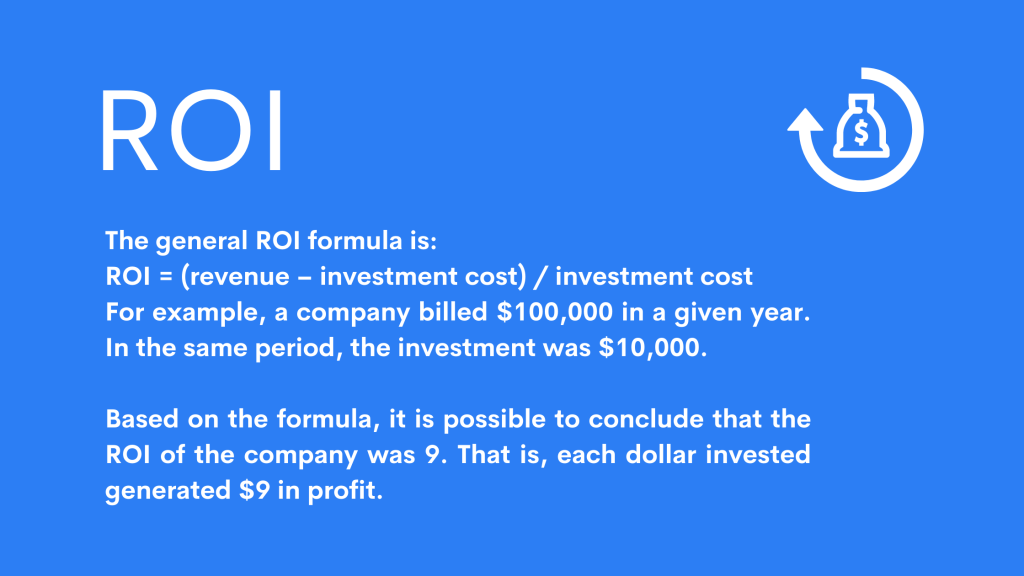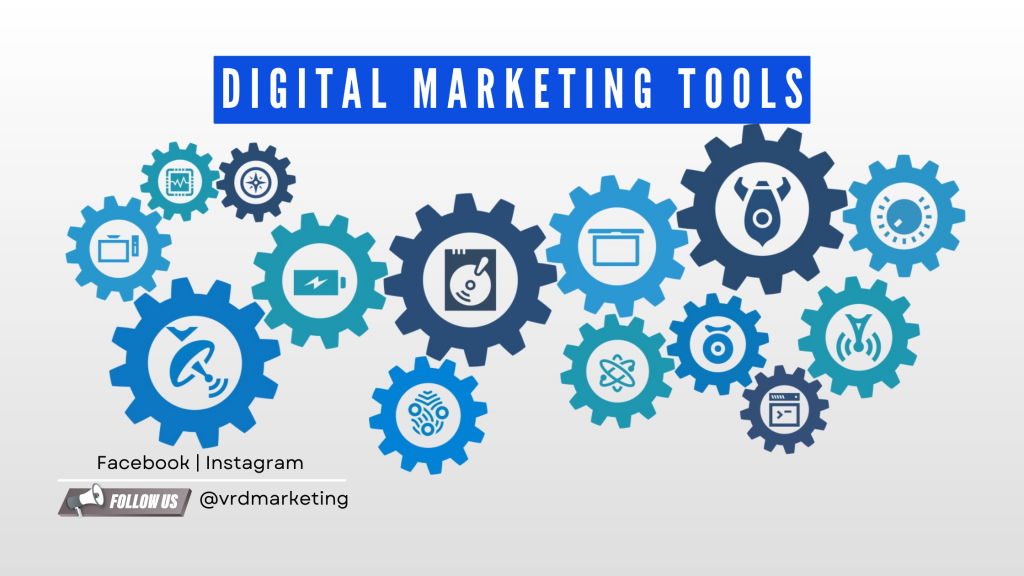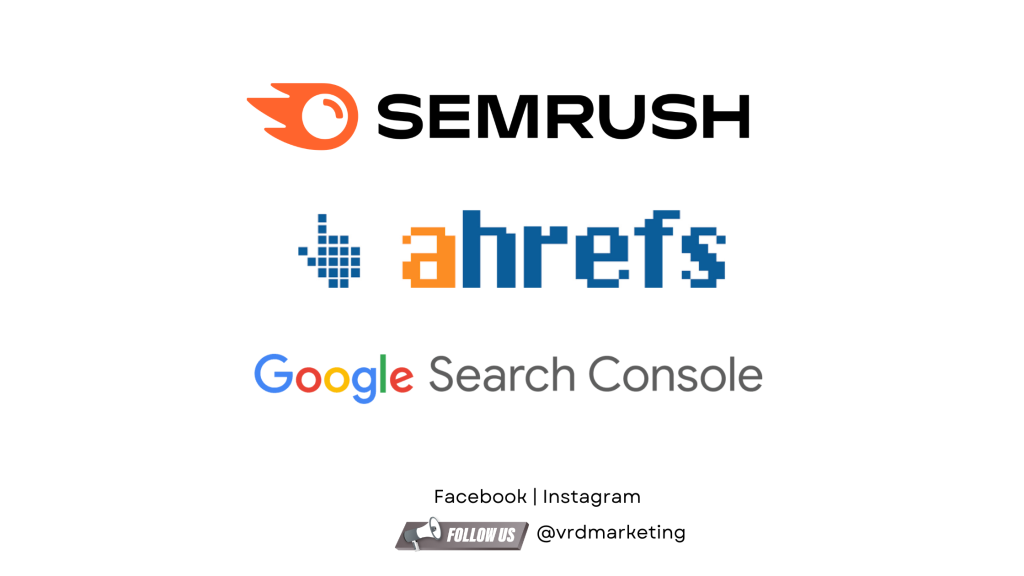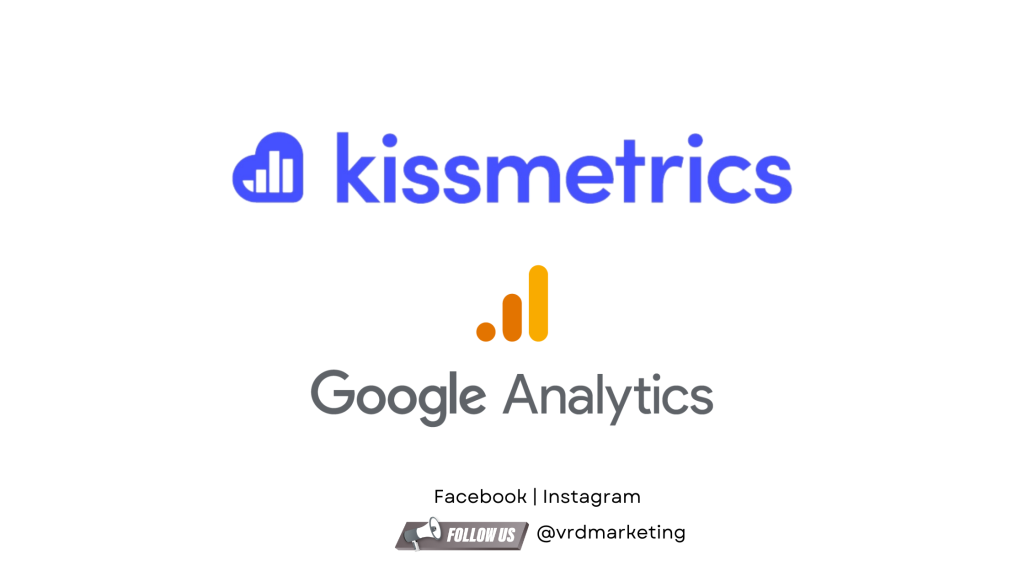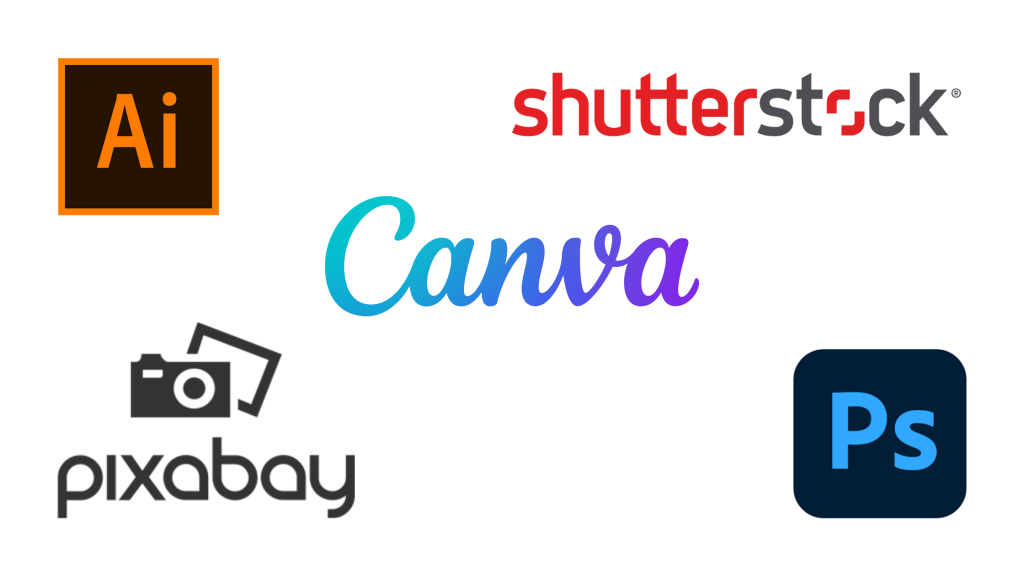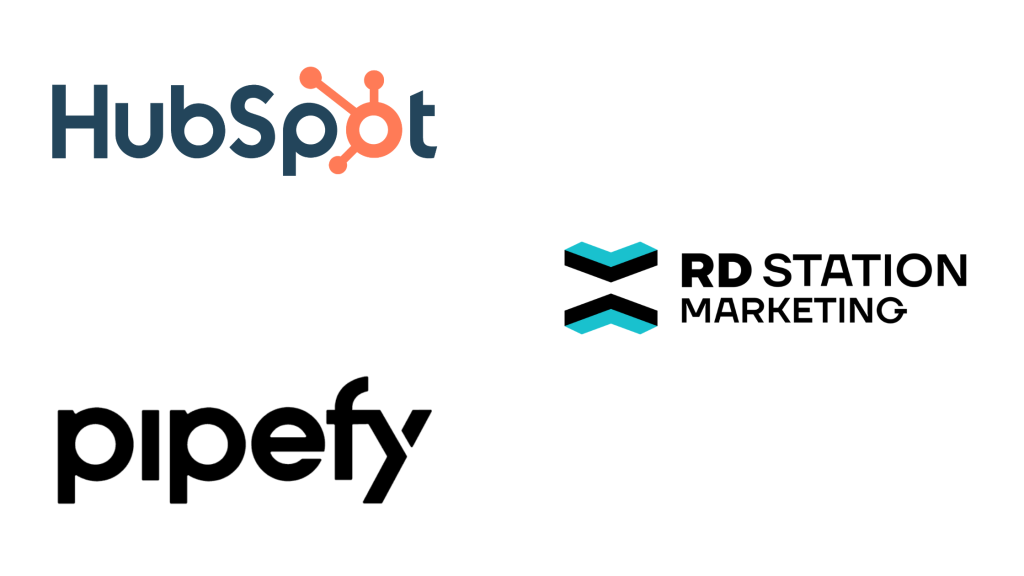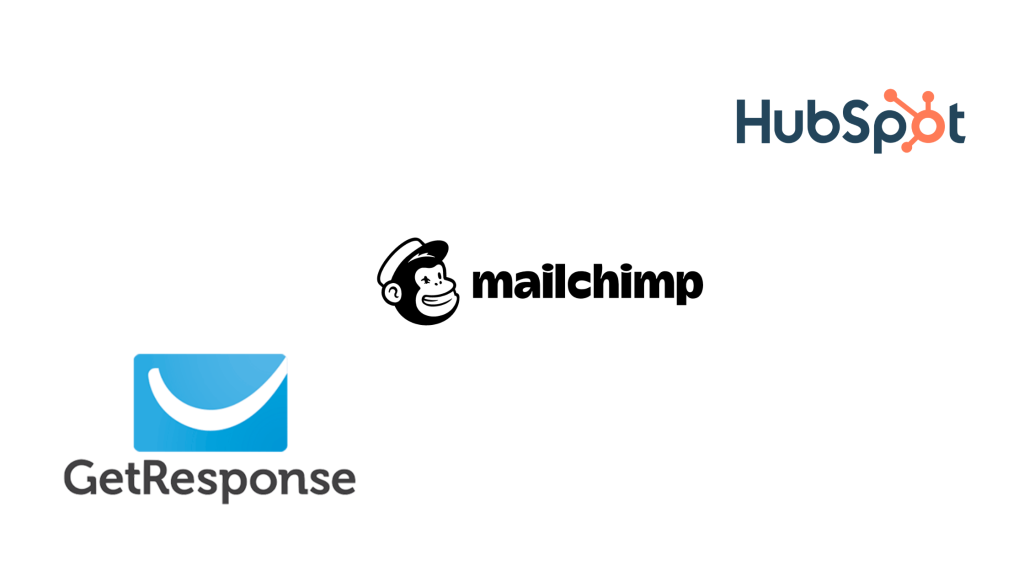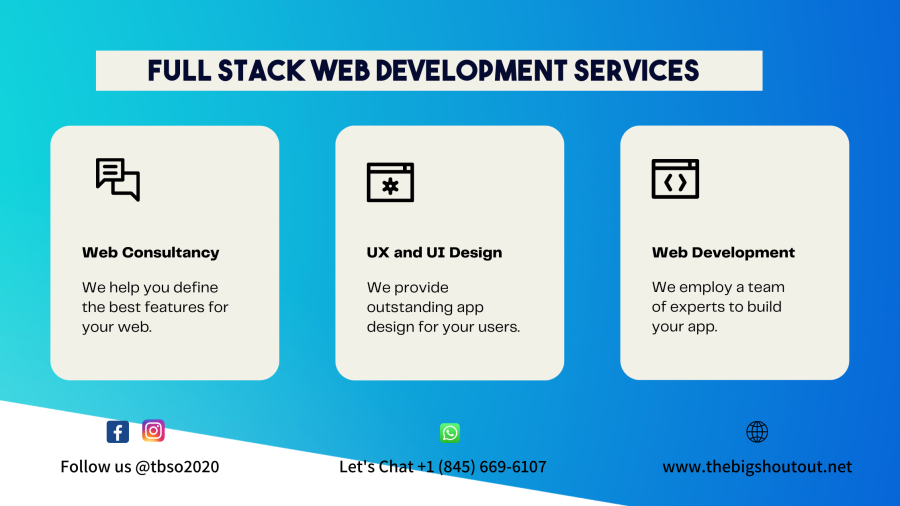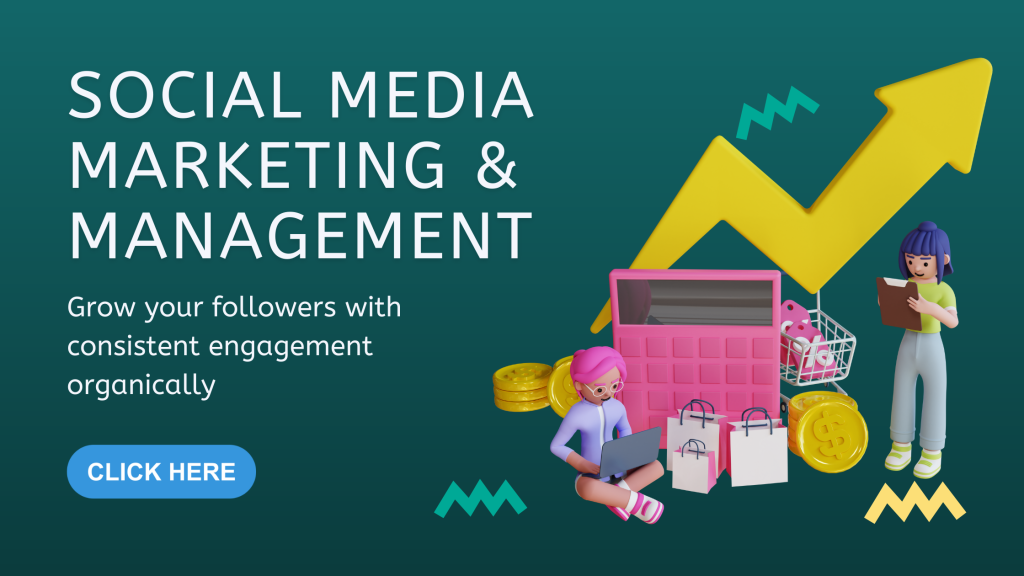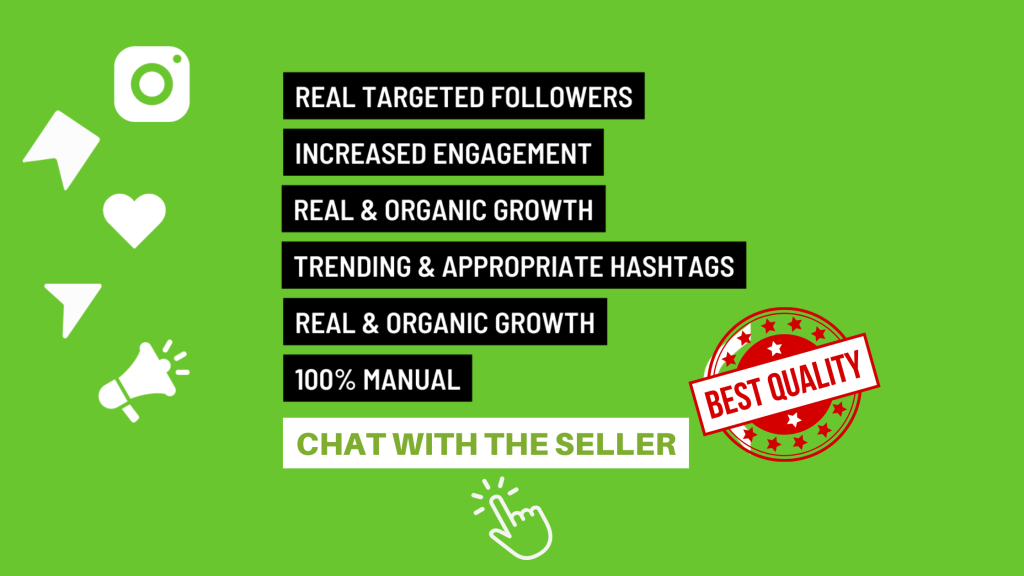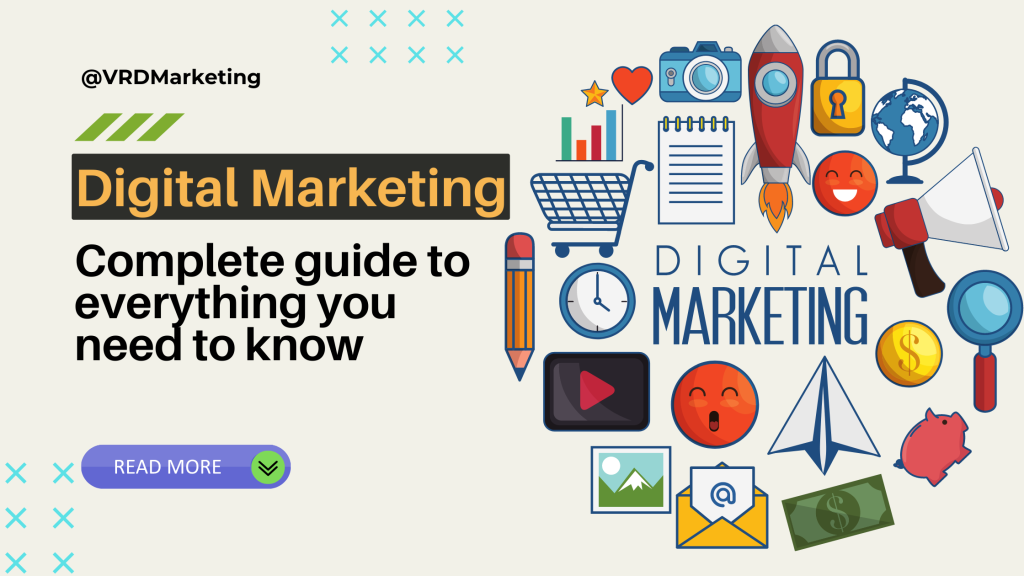
Do you know what digital marketing is and why it is so essential in today’s advertising? Join us in this blog post to learn why digital marketing has transformed the industry.
To begin, we must recognize that digital marketing encompasses any action taken on the Internet to promote a brand or product. This entails the use of various online channels, such as web pages and email, as well as real-time result monitoring.
The Internet is already a part of our everyday lives. It is difficult to imagine a daily activity that has not been influenced by digital transformation. This includes consumer habits!
It is becoming increasingly common to use the Internet to learn about a product or service, research prices, and even purchase it.
And the goal of marketing has always been to connect with the audience, to communicate with them at the appropriate time and place. As a result, if you want to start an online business, you must be present where the majority of the public spends the majority of its time – the Internet.
What is digital marketing?
Digital marketing can be defined as any action that uses the internet or electronic devices to promote a product or brand. It is currently one of the most popular methods of approaching and interacting with potential customers.
You are already aware that the concept of marketing is associated with bringing the customer to the point of purchase, as well as satisfying their needs and desires.
However, as technology and people’s habits have changed, so has the way this is done. In this regard, we cannot ignore the fact that a large portion of the population is now connected and uses the Internet to shop.
As a result, digital marketing has emerged as the primary method of marketing and reaching out to the public today. It is the most effective strategy because it uses the channels that the public is most familiar with.
The relationship between businesses and their customers has been transformed by digital marketing. But why is this strategy so crucial? What are the real advantages for your company?
Here are some of the main advantages of digital marketing:
1. More interactivity with the public.
Interactivity with the public is one of the characteristics that is driving the adoption of digital marketing over traditional media.
Consider this: a newspaper ad or a television commercial is an example of one-way communication. The brand sends a message but does not engage the public in conversation.
Audiences can interact with brands, provide feedback on products and services, and share content through digital channels with a single click.
2. It allows you to precisely segment your audience.
One of the most significant issues with traditional marketing is the lack of control over who is affected by a campaign. While it is possible to select a newspaper or television station that is more closely aligned with the profile of the brand’s target audience, this does not guarantee that these people are truly interested in the product or service.
Digital marketing, on the other hand, allows you to send messages and content to the right people. That is, only for users who have the ideal profile for their objectives.
You can segment your audience much more precisely in online channels using characteristics such as age group, gender, educational level, geographic location, and even tastes and consumption habits.
As a result, you have a more targeted campaign that speaks directly to the consumer. And when your content is aligned with the public’s interests, the likelihood of them doing business with you increases significantly.
3. Cost savings
Have you ever considered the cost of an offline marketing strategy, such as a series of advertisements on television or in a major newspaper? It is, believe me, very expensive!
Digital marketing, on the other hand, necessitates fewer resources and professionals to implement. For example, social media ads require a fraction of the investment of an offline strategy.
Furthermore, because the audience can be segmented much more precisely, resources are used much more efficiently, resulting in less waste.
4. Any business can invest
We can say that digital marketing is more progressive because it is a much cheaper strategy than traditional marketing.
While television commercials, newspaper ads, and billboards are typically reserved for large corporations, digital marketing can be used by anyone.
The Internet enables even small digital entrepreneurs, such as content creators and affiliates, to use online channels to promote their brands and products without spending a lot of money or assembling large teams.
5. It allows you to analyze and measure actions
When you advertise in a magazine, it is difficult to determine how many people were affected by the content and how many people purchased the product or service after seeing the piece.
This is absolutely not the case with digital marketing!
Thanks to segmentation, you can direct your communication to the exact profile of your target audience. Furthermore, online tools enable you to track campaign results in real-time with pinpoint accuracy.
Main digital marketing strategies.
With so many benefits, you can’t wait to start implementing this strategy in your business, can you?
Because the Internet is such a vast universe, and technology is constantly evolving, there is no one way to do digital marketing.
Indeed, there are dozens of digital marketing strategies, and new tactics emerge on a daily basis. All of them, however, aim to strengthen a brand’s relationship with the general public.
1. Inbound marketing
Inbound marketing, also known as attraction marketing, seeks to attract customers by picking their interest in a company’s products and services.
Companies use this strategy to better understand the pains and needs of potential customers in order to provide solutions that are more tailored to their wants and needs.
Unlike traditional marketing, where the consumer is passive and only receives the message, inbound marketing does the exact opposite. When a client realizes he has a problem, he seeks the assistance of the company.
This strategy enables us to establish a communication channel and a relationship with the public, resulting in a captive and loyal audience. According to WebDAM.com, companies that use this strategy can generate 54% more leads.
There are several ways to do this attraction process with the Internet and digital tools. The most common is the creation of content, which is relevant information that aids in problem-solving.
This is referred to as “content marketing,” which will be discussed further in the following section:
2. Content Marketing
As previously stated, one way to pique the public’s interest in your brand is to provide them with relevant content and information that will assist them in solving their problems. That, after all, is the goal of content marketing.
However, knowing your buyer persona, or the profile of your ideal client, is essential for this. This makes it easier to create more targeted content that caters directly to the audience’s pain points. As a result, the brand will gain more brand awareness, attract qualified traffic, and generate leads.
To increase the reach of this content even further, it should be made available through channels that the target audience is likely to use. There are several ways to do this, but the most common are:
A). Blog
Creating and maintaining a blog is the most common and also one of the most interesting content marketing strategies.
After all, your blog is an exclusive channel for your business, free of any interference, which is common in other channels. There, you can publish whatever you want, when you want, and how you want, with complete control over the content.
Having a blog still allows your brand to gain web relevance and top search engine rankings. This increases your visibility and your chances of attracting new customers.
Hubspot reports that B2B companies that blog generate 67% more leads than those that do not.
B). Website
Even if your company already has a blog, having an institutional website is essential.
This is because this website serves as the brand’s home, bringing together the most important information about your company in one place.
As a result, when someone searches for and discovers information about you and your services, they will be more confident that your company is legitimate.
Furthermore, the website can be used as a channel for people to purchase your products and services, ask questions, and contact you.
C). Social networks
Social networking is another great way to interact with the public and provide quality content.
You can’t talk about digital marketing without mentioning social media. This is due to the fact that these channels have grown in popularity.
Facebook, Instagram, YouTube, Twitter, and others. Users of these channels can approach their favorite brands for information about their products and services, in addition to interacting with one another.
As a result, a content marketing strategy that includes social media management can help your company’s reach, visibility, and sales.
D). Educational materials
A simple blog post or Facebook post may not always provide the public with enough information. In such cases, more in-depth content may be required.
Educational materials that can answer audience questions include e-books, infographics, tutorials, and webinars.
The best part is that you can still tie access to these materials to a landing page registration. That way, you can focus on generating leads for your company.
3. Video Marketing
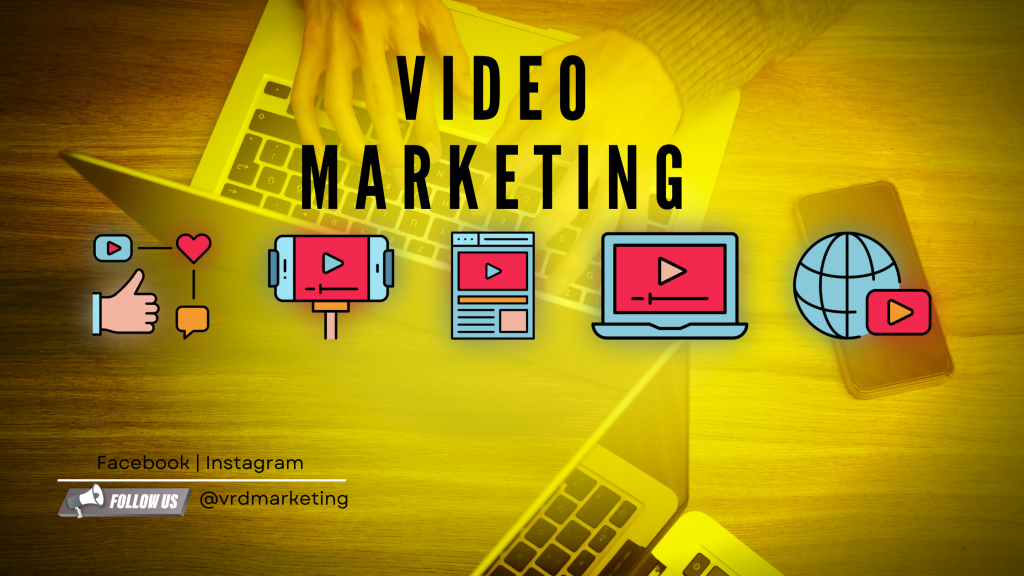
Internet users are increasingly requesting and consuming video content. And it makes sense because they are easier to consume and comprehend than, say, texts.
According to the State of Online Video 2018 report, 5,000 consumers aged 18+ in France, Germany, Italy, Japan, the Philippines, Singapore, South Korea, the U.K., and The U.S. watch an hour or more of online video content each week.
And, thanks to recent technological advancements, businesses of any size can now enter the world of audiovisual production. As a result, many businesses are relying on video marketing as the foundation of their digital marketing strategies.
Furthermore, videos are highly adaptable and can be used in almost any marketing strategy. Video classes, live broadcasts, webinars, and product demonstration videos, among other formats, are all possible.
4. E-mail marketing
Email is not dead, as evidenced by the large number of businesses that use email marketing to communicate with their customers.
This strategy entails sending email messages to a contact list and can be used to strengthen the brand, promote products and services, communicate with potential customers, and sell.
And the numbers back up the channel’s effectiveness. According to Hubspot data, companies that use email marketing can generate up to 50% more leads, with a higher likelihood of making a purchase.
The ability to segment lists and closely monitor data such as reach, openness and responses is a significant advantage of this type of content.
5. SEO: Search Engine Optimization
It is pointless to create amazing content if no one can find it on the internet. SEO, or Search Engine Optimization, exists to increase the visibility and credibility of your brand on the web.
The goal of search engine optimization is to get content to the top of search results and thus attract organic traffic (i.e. without paying for ads).
And why is this significant? Simple. BrightEdge conducted research and discovered that the percentage of organic traffic has increased over the last five years. Organic search accounted for 51% of traffic in 2014, rising to 53% in 2019.
In other words, if you want to attract organic and qualified traffic to your channels, you must invest in SEO.
This is how it performs – Google and other search engines rank online content based on its relevance to the user. SEO then attempts to optimize these pages in order to demonstrate to search engines that your website or blog provides the best user experience and answers to their queries.
These optimization techniques are classified as on-page (which can be done within the page and is also referred to as Technical SEO) and off-page (factors external to the page).
6. SEM: Search Engine Marketing (Google Adwords, Bing..etc)
Do not believe that digital marketing is solely concerned with attracting organic traffic. Most actions are centered on it because there is no need to pay for them.
Paid media or online advertising, on the other hand, is a strategy that seeks to promote content through advertisements.
The ability to segment the profile of the audience that the ads will reach is a significant advantage of online advertising over traditional advertising (age, gender, education, location, etc.).
Because the initial investment is lower and the return is higher, this ensures more effective and profitable campaigns.
Finally, there are numerous methods for advertising on the Internet, including sponsored links, social media ads, remarketing, banners, and content promotion.
7. Affiliate Marketing
Affiliate marketing can benefit you if you have a product, whether digital or physical or if you have a large following on social media and personal blogs.
The affiliate advertises the product or service of an entrepreneur or company (referred to as a producer) on their blog, website, or social networks in this strategy. In exchange, you will be paid a commission on each sale.
This model enables affiliates to monetize their online channels while also providing producers with new broadcast channels. Customers will also have more channels to research products and make confident purchase decisions.
There are several platforms that connect entrepreneurs interested in increasing sales with people willing to promote products, such as Rakuten’s Affiliate Program.
8. CRO: Conversion Rate Optimization
Conversion is one of the most important aspects of any digital marketing effort. To put it another way, take users to the heart of the brand and then drive them to the bottom of the sales funnel.
The CRO strategy, or conversion optimization, allows you to identify where conversions are underutilized on a blog or website and take the necessary steps to improve conversion rates.
During the conversion optimization process, all points of contact with the business’s lead/customer must be reviewed to determine what can be improved to achieve the conversion.
How to make a digital marketing plan
Once you’ve identified the key strategies, it’s time to put them into action and develop a digital marketing strategy!
Setting clear goals and outlining the actions required to achieve them is the first step.
For example, increasing the number of qualified leads is a good idea if you want to increase sales of a new service.
With that, and taking into account your buyer persona, available resources, and competitors, you can describe the actions required to achieve the goal.
Doesn’t it appear complicated?
Fortunately, there are a few steps that can assist in the development of a good marketing strategy:
1. Definition of objectives and goals
What are your goals for implementing a digital marketing strategy?
This question should guide your entire project. Without a clear goal in mind, it will be difficult to structure the next steps to take or determine whether the strategy is working or not.
For example, if your brand is new to the online market and does not yet have a digital presence, you may want to increase website traffic.
You can then define specific and secondary goals that will help drive more traffic, such as posting weekly blog content, sharing social media posts, investing in sponsored links, and so on.
When deciding on a goal, keep in mind that it must make sense for your business model and be attainable and measurable. Any omission in the definition can jeopardize the entire strategy.
2. Choice of KPIs
With the goal established, it is time to select the indicators that will be used to assess the success or failure of your strategy.
KPIs, or Key Performance Indicators, are in charge of determining whether a strategy or action is effective and assisting the brand in meeting its objectives.
For example, if you want to increase organic traffic, the number of visitors to your blog or website is a good indicator.
Remember that these indicators must make sense for your company because all subsequent steps will be dependent on them.
3. Creation of buyer person
It is not enough to have well-defined objectives for your marketing plan to work. In order to detail how the actions will be implemented, you must also know the user profile you hope to achieve.
As a result, the creation of buyer personas must be included in your strategic plan. The buyer persona, also known as an avatar, is a representation of your ideal buyer that combines demographic and behavioral characteristics such as gender, age, position, consumption habits, hobbies, lifestyle, and challenges faced.
With this information, you can determine the best tone of voice to interact with your audience, the best tools, the best content format, and the most efficient design, among other details critical to the success of your strategy.
Avoid speculation when creating an avatar. If you already have an online audience, use tools like Google Analytics and Facebook Insights to gain real-time information about them. It is also worthwhile to analyze your competitors’ audiences and conduct research with your target audience.
4. Choosing the Most Appropriate Strategy
Following the definition of your buyer persona, the next step is to select and describe the strategies that will be developed to achieve the objectives.
As previously demonstrated, there are numerous marketing strategies that you can implement in your business. However, the decision must be made with great care.
To avoid making a mistake in this step, consider your objectives as well as the person’s profile, and select the strategy that best suits the audience you want to reach and can help you achieve your goals.
5. Creation of the action plan
Now that you’ve decided on a marketing strategy, try to structure it precisely.
It is critical to define the best content formats to be created, as well as the volume and frequency with which these materials will be produced, as well as the distribution channels.
Then, list all of the resources required to complete these tasks, as well as the deadline for completing each one.
Organize everything in an editorial calendar or schedule so that the entire team has access to this information.
However, don’t get too hung up on deadlines or budgets. Depending on the circumstances, your plan of action can and should change. As a result, update it as needed.
6. Measurement of results
Last but not least, it’s time to evaluate the effectiveness of your marketing strategy.
Do you recall that one of the criteria for selecting a strategy objective was that it be measurable? This assists in determining whether the desired results were obtained and whether any processes need to be improved.
When you finish an important task or action, evaluate all of the figures, compare them to previous results, and identify areas for improvement. This makes it easier to replicate successes and avoid mistakes.
Digital Marketing Metrics

One of the most significant benefits of digital marketing is the ability to closely document, monitor, and evaluate whether all actions are producing the desired results. This is something that traditional marketing does not permit.
As a result, you or your brand can make more confident decisions based on real and secure data.
When assessing the performance of your blog or website, you can consider the following metrics:
- Unique visitors: the number of people who access your page;
- Sessions: Total set of interactions, such as page views and clicks, for a user;
- Organic and paid traffic: number of sessions originating from search services or paid campaigns;
- Bounce rate: percentage of users who make a single visit, without interacting with the page;
- Conversion rate: the ratio between the number of visits and the number of conversions made;
- External links: number and quality of links from other domains that lead to your website or blog.
These are not, however, the only digital marketing metrics. There are dozens of them, and it is critical to select the best one for your company.
Check out the following data that you can (and should) follow:
1. ROI
One of the most important metrics in digital marketing is the return on investment. Indicates the profitability of the actions taken by the company.
In a nutshell, ROI calculates the return on investment. This indicator can also reveal the total losses incurred by your company on any investment.
2. Monthly Recurring Revenue (MRR) and Annual Recurring Revenue (ARR)
These two metrics work in tandem to help predict the business’s revenue.
This metric, which is especially useful for those who work with SaaS (software as a service), allows companies that sell products with a wide range of prices or whose payment is recurring to evaluate their performance.
It is possible to identify growth patterns in the company’s revenue more reliably by calculating monthly or annual recurring revenue.
3. Cost per Lead (CPL)
As the name implies, this metric, like CAC, shows how much the company has spent to generate a new lead.
This metric is critical because one of the most important goals of a digital marketing strategy is lead generation.
4. Cost per acquisition (CPA)
Unlike the CAC, the acquisition in the CPA is defined by the business itself, based on its objectives. For example, it could be a new contact or a qualified lead.
One tip is to compare CPA to revenue generated by each acquisition. As a result, if the CPA is greater than the acquisition revenue, the strategy is misleading.
5. Retention Rate and Churn
While no one wants to lose customers, understanding how many people aren’t using your products and services is important.
The total number of customers at the beginning and end of a period, as well as the number of new customers, are used to calculate retention.
S:o Retention rate = [(clients at the end of the period minus new clients) / clients at the start of the period] * 100
The churn rate is always equal to the retention rate. In other words, these two metrics essentially represent the same thing.
For example, suppose a company begins the month with 150 customers and ends with 175. Meanwhile, the company added 35 new customers while canceling 10 others, resulting in an additional 25 customers.
As a result, the period’s client retention rate was 93.3%, with a dropout rate of 6.7%.
Digital marketing tools
Another advantage of digital marketing is the abundance of tools for managing and monitoring actions and results.
These tools and services assist in filtering the most important information in order to comprehend the strategy’s evolution.
The following are some of the most important marketing tools and their various applications:
1. Marketing tools for SEO
With the right tools, optimizing content and achieving high rankings in search results is a breeze.
A). Search by keyword
Search term tools enable users to determine the best terms for creating their content, as well as the search volume and competitiveness of each term.
The following are the primary services of this type:
B). Technical SEO
Technical SEO tools perform more specific functions, such as determining domain authority, identifying and correcting SEO errors, and locating duplicate content.
The following tools are commonly used in this process:
C). Backlinks
It is critical to use one of the following tools to determine the quality of backlinks your site is receiving and which ones should be removed:2. Analysis tools in Digital Marketing
2. Analysis tools in Digital Marketing
To determine whether your strategy is producing the desired results, you should use data analysis tools to track some data.
A). Metrics analysis
Many of the tools we mention here already provide very useful metric analysis services.
Some analytics tools, on the other hand, can be used strategically to improve your understanding of the data and metrics available. As an example:
B). Competition analysis
Keeping up with the competition is one of the secrets to a successful digital marketing strategy. This allows you to identify areas for improvement and even learn from your successes and failures.
Multiple tools aid in this process by evaluating keywords, backlinks, traffic, and other pertinent information. The most common of these are:
3. Design Tools
The design, whether of the website or of the images shared on social media, is critical. After all, visual content is almost entirely used in online communication.
In this regard, it is critical to employ tools that facilitate the creation of parts.
A). Image tools
The visuals on a blog or website assist in connecting the public with the product while also communicating the business’s identity. As a result, any imperfections in the design can jeopardize the entire strategy.
You can download, create, edit, and process images using a variety of tools and services, such as image banks.
The main ones are:
B). Video tools
Visual content is becoming increasingly popular and is already one of the most effective forms of digital marketing. It is not surprising that an increasing number of brands and entrepreneurs are investing in this strategy.
You can use a variety of tools to edit videos, make cuts, add effects, insert soundtracks, and create vignettes and motion graphics, among other things.
4. Marketing tools for CRO
Several tools can assist you in tracking the conversion rate of your online strategy. You can use them to track leads through the purchase journey and determine where you can improve.
The best tools for this task are:
5. Digital Marketing Automation Tools
Today, the amount of work that a seller must do is enormous. Sending emails to the main list, tracking each person’s progress through the funnel, creating content, and analyzing metrics are just a few examples.
Fortunately, many services, in addition to A/B testing and workflow design, allow you to integrate and automate much of that work.
6. Tools for managing internal processes
If your company is medium or large, it is critical to maintain good communication between departments and to organize workflows.
Some tools that can help with this include:
7. Social Media Marketing Tools
Social media is inextricably linked to digital marketing. However, managing these channels takes time from professionals who must prepare and schedule posts, respond to users, and track metrics, often across multiple services.
In this regard, some tools can assist in centralizing data and even automating tasks.
Some of them are:
8. Email Marketing Tools
E-marketing is still one of the most effective ways to engage with the public.
The issue is that, with an ever-increasing contact base, it is difficult to keep track of everything. It becomes nearly impossible to write messages, track contacts, measure results, and design strategies.
Numerous tools can assist in this regard, automating processes and generating automatic reports.
Among them are:
Are you ready for digital marketing?
After reading this article, you can see that even though digital marketing is a very broad strategy, it is now completely essential. As a result, you must continue to invest in it!
Although it may appear complicated, believe me when I say that the key to success in this field is to always strive to provide value to the public.
It makes no difference whether you plan to start a blog, create social media profiles, or make videos for your company. The important thing to remember when creating content is to keep the public’s interests and needs in mind.
Also, keep yourself up to date. The digital world is extremely dynamic, with new technologies, strategies, techniques, and concepts emerging on a regular basis. Innovating will allow you to stay ahead of the competition in your market niche and gain the audience’s favor.
There are numerous digital marketing strategies, but the important thing is to begin testing them and focusing on those that generate the most profit for your company.
If you liked this article, you want to work on the Internet, but you still don’t know how to start, check out the VRDM – Challenge, to discuss your sales strategy – Instagram @vrdmarketing


